Tips for Building a Sandbag Workout
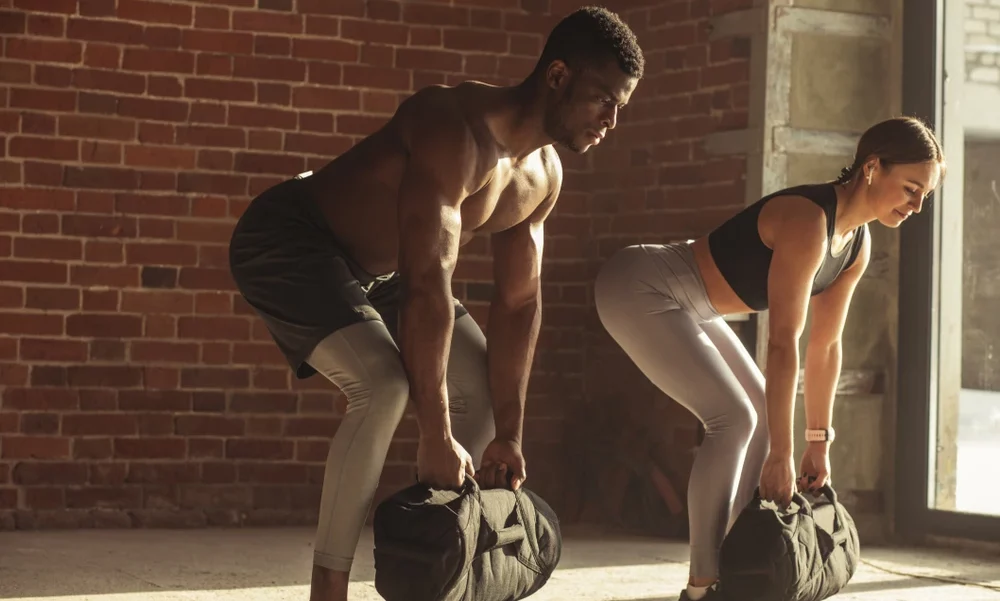
Sandbags are often overlooked when people talk about strength training. Olympic bars and weight plates are the go-to choice. There is no question about the bars’ and plates’ effectiveness. But they might not be suitable for everyone because of cost and space.
I’ve written about sandbags for strength training and full-body sandbag workouts before, because sandbags as more versatile than traditional weights.
Sandbag exercises are a great choice of workout equipment for beginners, experts or elite athletes. With sand being unstable and unpredictable, they challenge the lifter in subtle but important ways. The instability of a bag of sand activates minor stabilizer muscles. Repeatedly working out with sandbags can help build muscle definition and growth.
I had shared some upper body exercises and leg workouts using sandbags. I use these heavy bags often in my home gym workouts. In this post, I share tips and guidance on how to build YOUR OWN sandbag workouts.
Table of Contents
Choosing the right sandbag weight
Before starting out on a sandbag workout, make sure you can lift the weight of the sandbag. Some key items to keep in mind –
- There are a variety of sandbags – each with their own size, grip,, materials, and price points.
- Even light sandbags provide an effective workout. Think more about the QUALITY of the workout than the quantity. Lifting a heavier bag does not necessarily mean you will get a better workout if you are having difficulty lifting it. Select a sandbag weight you can confidently move and lift for the duration of your workout(s).
- Listen to your body. Sandbags are unstable by design – look for minor aches and pains. If in doubt, stop the workout and seek help. The mantra of PAIN IS GAIN is not advisable during a sandbag workout routine.
Tips for Building a Sandbag Workout
Designing your own workout is the fun part. The possibilities are endless. You can create total body workouts for cardio days, for strength training days, and for active rest days.
But makes sure to create workouts that includes movements you might not like. Burpees are not favored by anyone including me. But I make it a part of some of my workouts because of the benefits of burpees.
Also, start slow. Start with light weights until you get used to how the sand moves and how your body responds. This also prevents injuries and can help you plan the workouts.
For Cardio day
Cardio days are those where you move fast. You get your heart racing and your muscles burning. Your workouts can be one of two types: a time-based workout know as AMRAP (As Many Repetitions As Possible within that time frame). Or a reps based workout where you aim for a specific number of reps called RFT (Repetitions for Time).
As you design your workouts, the workouts need to be diverse to get the full, lasting benefits of sandbag training. You not have to exercise your full body every time you workout. That would be detrimental.
Plan the workouts so you concentrate on a couple of body parts during each workout. Shoulders and legs on one day, and back and core the other day. This also helps avoid boredom and hitting a plateau.
AMRAPs
The idea here is to have a realistic set of movements and reps you can complete within 15-20 minutes.
Short explosive moments are better than longer complex movements that take time to set-up and execute. A relatively simple 15 minute AMRAP can be 5 pull ups, 10 push-ups and 15 air-squats (squats without weights).
Keep repeating these movements for 15 minutes. Even though you don’t use external weights, you get a quality workout if you maintain proper form and pace yourself. If you want to incorporate weights you can use a light to moderately heavy sandbag for squats to add more challenge.
RFT
This is similar to AMRAPs. But you stop when you reach a pre-determined number of reps. Instead of stopping at 15 minutes, you go for 20 total sets of the same movements. You note the time when you finish the 20 sets.
You can use this time the next time you attempt this workout to measure your improvements and scale your sandbag training. Go for movements that are easy to setup and execute with or without weights.
Some common movements for both AMRAP and RFT are
- Squats
- Pushups
- Deadlifts
- Pullups
- Cleans
- Burpees
- Push-Press
You can also add in sprint runs of 100m or 200m, or if you have a rowing machine, a quick sprint on the rowing machine for 250 meters.
But the main thing to keep in mind is the fast pace of the exercises for Cardio Day workouts.
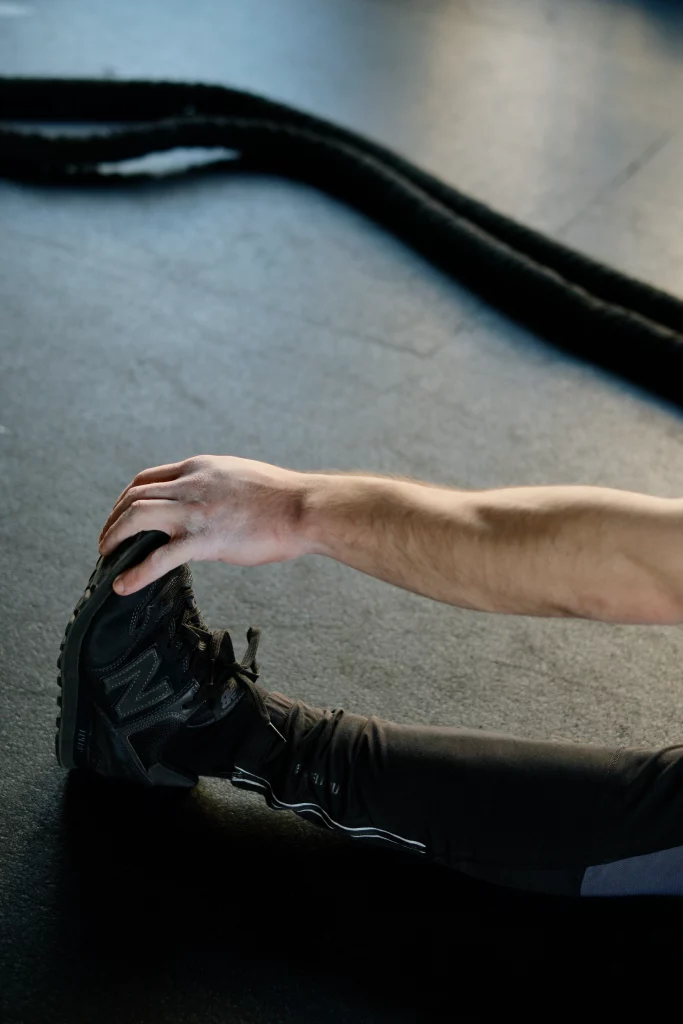
A sample sandbag workout:
This is a RFT workout, where you try to do 3 sets of 10-15 reps. Note down the time it took you do this so that you can try to beat it the next time.
Warm-up:
-
- 5 minutes of light cardio, such as jogging or jumping jacks
- 10-15 reps of each of the following exercises: bodyweight squats, lunges, push-ups, rows
Workout:
-
- 3 sets of 10-15 reps of each of the following exercises: sandbag squats, sandbag lunges, sandbag shoulder press, sandbag deadlifts, sandbag cleans, sandbag snatches
Cool-down:
-
- 5 minutes of light cardio, such as jogging or walking
- Static stretches for all major muscle groups
Some sample workouts can be found at ruckwod.com. I use some of these workouts during my training days.
Strength Training Days
Strength training days involve actively trying to put on muscles so you can lift heavier objects and get stronger over time.
I have given my suggestions on strength training exercises, but you can do a similar plan for your specific goals. The aim is to focus on one, (or at-most two) body parts to work out during each strength training day.
Workouts are usually split into upper body and lower body. Upper body comprises of workouts specific to the arms, shoulders, chest, and, upper back. Lower body workouts include specific movements for the legs – quadriceps, hamstrings, glutes and calves.
Core workouts such as ones targeting the abs and mid-back are usually included into either day. These core workouts are crucial to overall strength and so make sure you incorporate the core training into your sandbag work.
Some of the common exercises-
- Chest: the chest includes the bench press (flat bench and incline bench variations) and dumb-bell fly, push-ups.
- Shoulder: Overhead press, front raises, lateral raises, upright rows
- Upper Back: Reverse fly, bent-over rows (single arm and double arm varieties), shrugs, cleans, pull-ups (pull-ups work both the back and arms, so its a compound movement)
- Arms: curls, triceps extensions, pull-ups, push-ups, skull-crushers

Lower Body Movements with SandBags
Some common exercises –
- Glutes: Squats, hip thrusts, sandbag swings, box step ups (with or without weights)
- Quadriceps: Leg Extensions, deadlifts, squats (front and back variations)
- Hamstrings: lunges, reverse lunges, deadlifts (single leg and regular variations)
Sandbag Core Training
- Sit ups
- Planks (regular and side variations)
- Hanging knee raises (from rings or pull-up bar)
- Toes to bar (from rings or pull-up bar)
Active Rest Day
Rest days are as important as days you work out. Rest gives your nervous and muscular systems a chance to repair and heal. These rest days are also psychologically-proven necessary for you to come back to the workouts with more energy and willpower.
My active rest days are my stretch days. Muscles, under tension, tend to contract for safety. Unchecked, these contractions can lead to injury. So actively stretching tight areas before and after a workout is necessary to prevent any injuries.
Light stretches on rest days helps speed healing of sore areas, resulting in fresher muscles ready for exercises.
Yoga is a very good activity for your rest day. Walking or cycling also helps keep the blood flowing, reducing inflammation and repairing torn tissues and muscles. Using a few common stretches for the back, hamstrings and quadriceps for a few minutes can have beneficial effects. Upper body stretches also support healing.
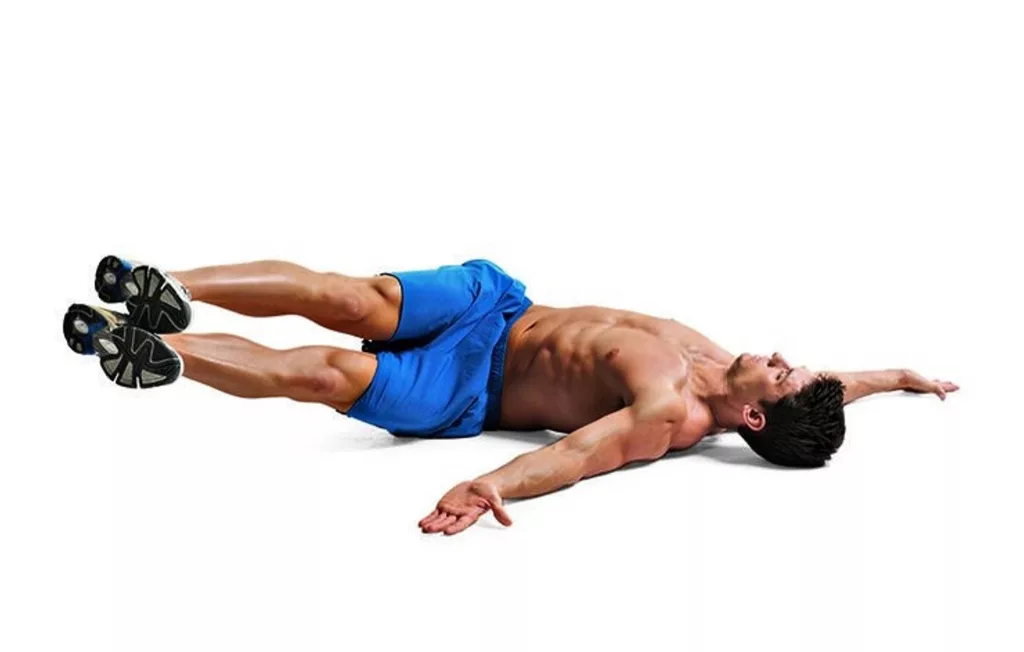
Sandbag Workout for a Fitter You!
The above tips for building a sandbag workout should give you a good idea of what you can do. To summarize:
- Use a variety of surfaces: Sandbags can be used on a variety of surfaces, including grass, concrete, and even sand. This will help to challenge your muscles in different ways.
- Choose the right weight: Sandbags come in a variety of weights, so choose one that is challenging but not too heavy for you to lift safely.
- Start with simple exercises: Once you have a sandbag, start with simple exercises like squats, lunges, and presses. As you get stronger, you can add more challenging exercises like cleans, jerks, and snatches.
- Warm up before each workout: Warming up will help prevent injuries.
- Cool down: After your workout, be sure to cool down by walking or stretching. This will help your muscles recover.
Vary your workouts. To avoid boredom and plateaus, vary your workouts by changing the exercises, the number of sets and reps, and the intensity.
- Focus on compound exercises: Compound exercises work multiple muscle groups at once, which are more efficient and effective than isolation exercises.
- Listen to your body: If you are feeling pain, stop the workout and rest. It is important to listen to your body and not push yourself too hard.
- Be consistent: The key to getting results is to be consistent with your workouts. Aim to work out at least 3-4 times per week.
- Have fun! Sandbag workouts are a great way to get a full-body workout and have fun at the same time.
I hope you found this latest strength training post useful for your workout progress!.
Check out my other strength training posts for my routines, goals, and how to make best use of your home workout equipment. W
One comment
Leave a ReplyCancel Reply
This site uses Akismet to reduce spam. Learn how your comment data is processed.


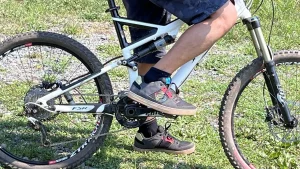
[…] Sandbag events may seem like a simple event, but it’s far from it. It’s a true test of strength and endurance that requires athletes to push themselves beyond their limits. But despite all the challenges, sandbagging is a fun and exciting event that both athletes and fans enjoy. Whether you’re a seasoned strongman or just starting, sandbagging is an event that’s worth trying. So, if you’re up for the challenge, grab a sandbag and see what you’re made of. You can also follow the guide to create your own sandbag workouts. […]